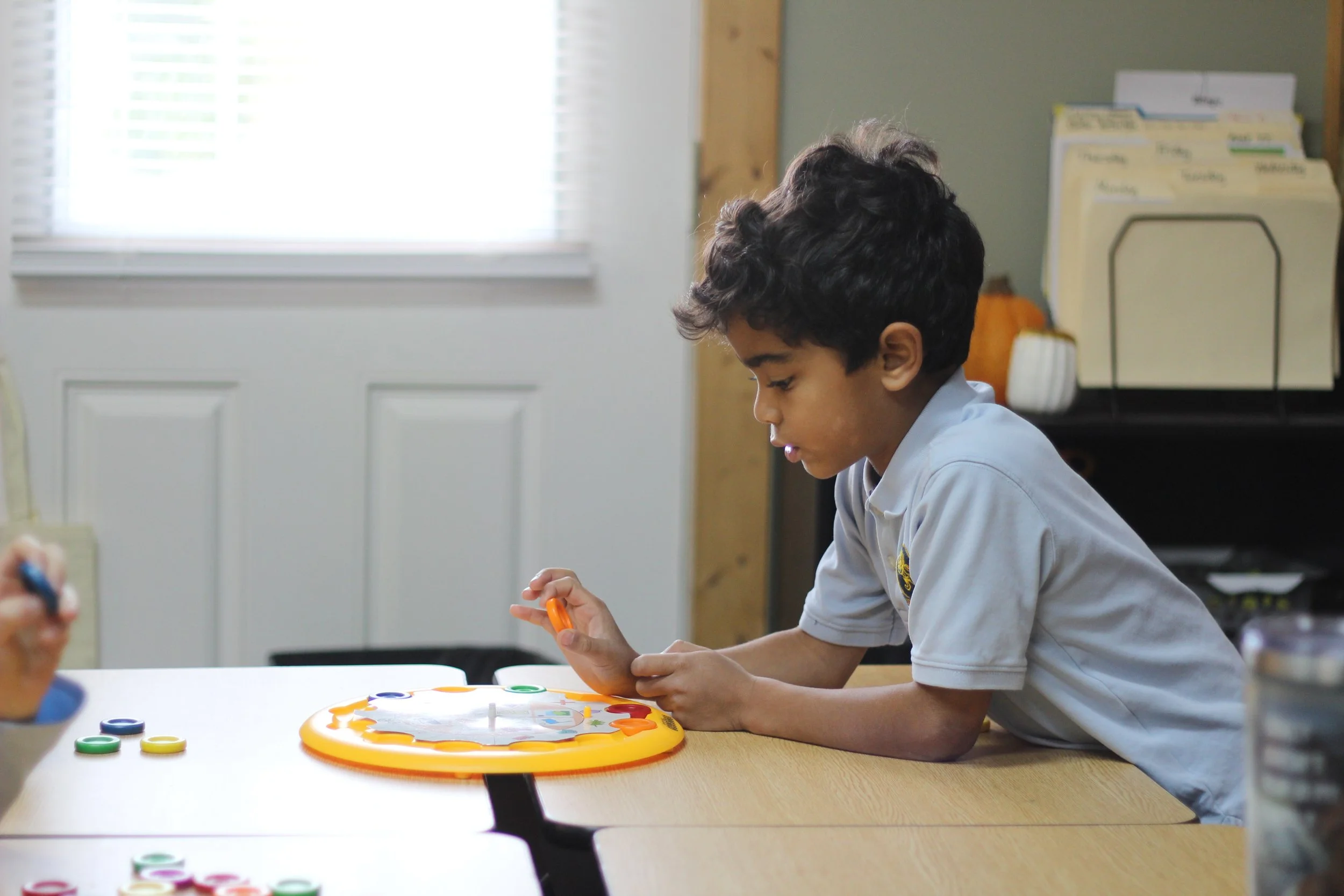How is the classical method different?
Most Christian schools use a model similar to that of the public schools with added biblical content. The Classical method first gives students the tools to become good learners, and then introduces subject matter that is interconnected, with biblical truth at the center.
The Classical method uses several highly effective methods of instruction and review not typically found in public or most typical Christian schools, such as chanting, sound-off, catechism, disputatio, debate, progymnasmata, and impromptu.
The Classical method takes advantage of the natural strengths and tendencies of each age group to produce instruction methods and curriculum that is better suited to that age group’s interest and learning style.
The Classical method stresses the interconnectivity of all subject matter. This means that the information and skills learned in one subject will be mixed in with all others. For example, the dates learned in history could come up in math class, with the student still responsible to know their significance. This also applies to biblical instruction, thus presenting God as an integral part of daily life, rather than just another subject, ritual or tradition.
Music is used as a teaching tool, especially in the younger grades where songs give students a fun and effective way to dedicate knowledge to memory. Music remains in the curriculum throughout the program and increases in complexity as students mature.
The study of logic is an integral part of Classical education, which is almost nonexistent in other types of schools. Students will study the principles of logic during the dialectic stage. This will help them to evaluate the ideas that they are presented with, and to know why something is either true or false. Logic will also aid them in decision making for the rest of their lives.
Foreign language studies begin early in the Classical system, with Latin instruction beginning in the grammar stage. Students receive a great benefit from learning Latin in these early years. It familiarizes them with much Latin-derived English vocabulary, and makes later foreign language learning easier. From simultaneously studying the grammar of both English and Latin, the students are also more able to understand the functions of a language’s underlying structures.



